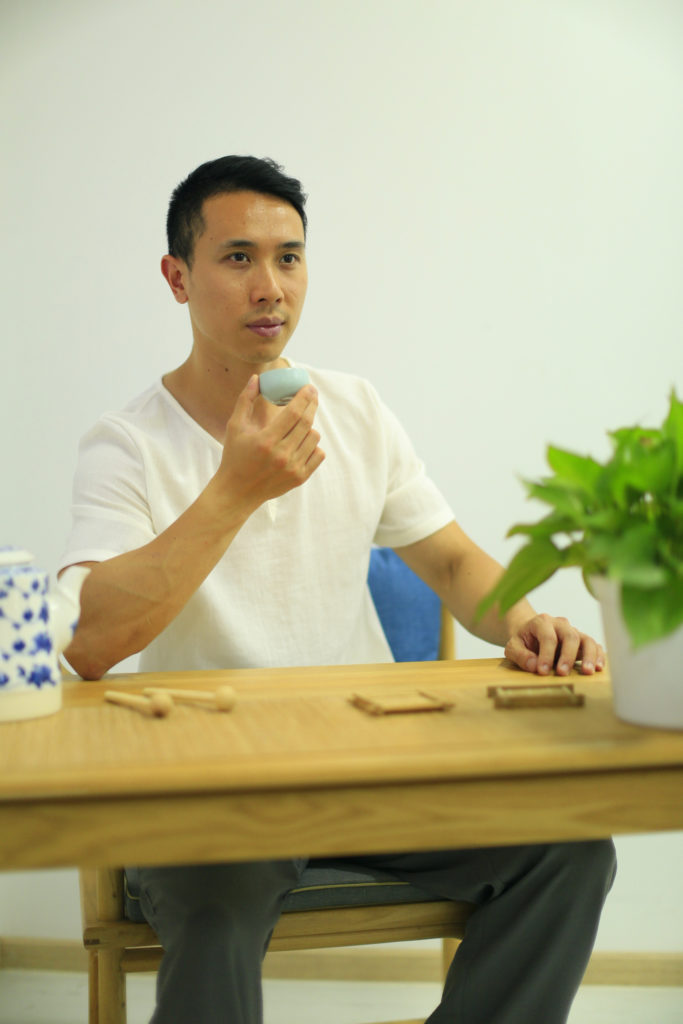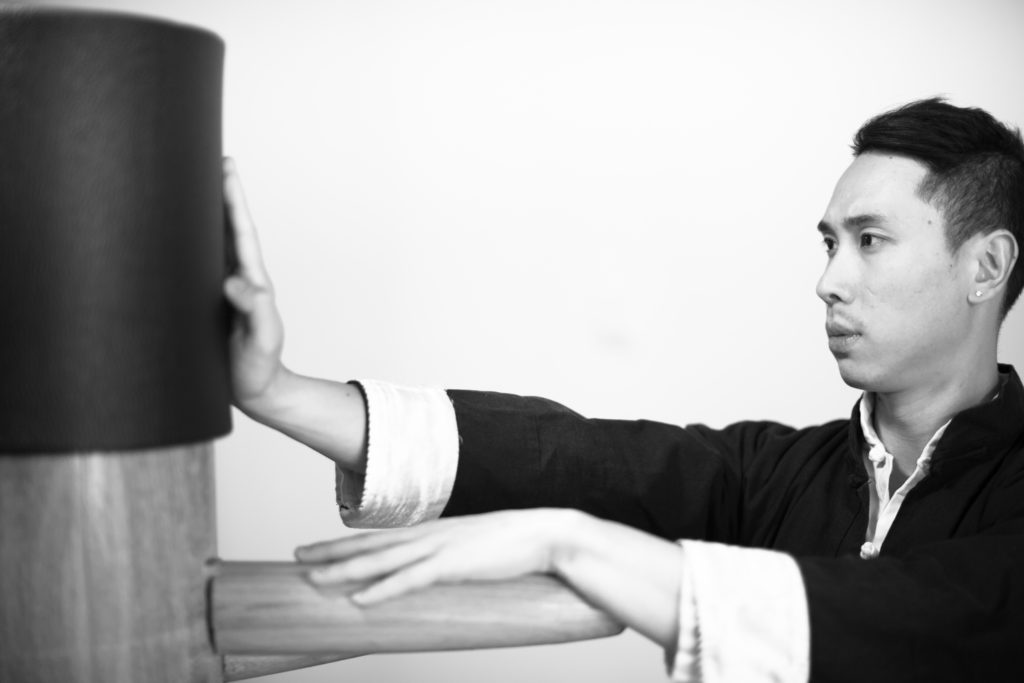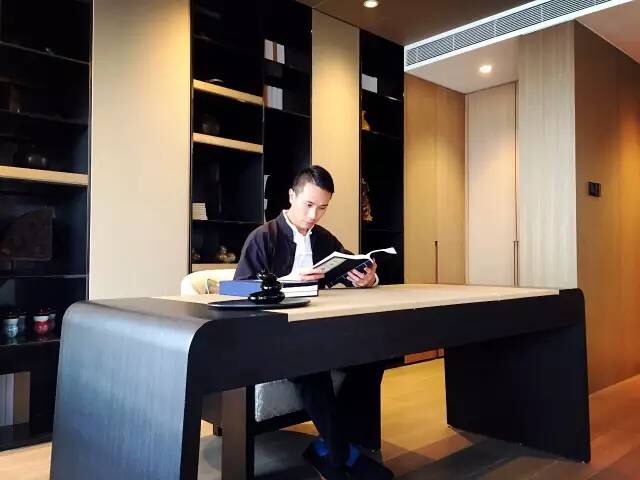Wing Chun is a new and popular martial art in modern times. Ip Man came to Hong Kong from mainland China in 1949 and was the first teacher to teach this kind of martial arts under the name of Wing Chun. The Wing Chun Fellowship was established in 1968 (later renamed Ving Tsun Athletic Association) VTAA. Beginning in 1970, Yip Man personally taught his Tou Syun 'Male Grandstudent', named Leung Ting. Sifu Leung Ting was the first to introduce Wing Chun to Germany. Therefore, this shows that it developed from Hong Kong, then was made familiar to the whole world. In mainland China, Wing Chun was developed greatly by the Cantonese people, and it also grew in favour and reputation in Hong Kong. Its essence became recognised by this name worldwide. Wing Chun is based on the actual theory of martial arts combat. It began as a study to improve on body structure, joint activity and fluid mechanics. It deviates from the traditional metaphysical, non-scientific and approximate philosophical interpretations of the five elements, putting aside rumours and pictographic expression. The predecessors further designed a training system from shallow to deep levels, starting with the first set of Siu Nim Tau ('Little Idea') and a set of Yat Taan Saan Fuk - hand-stretching movements, until the ideas reflect the overall movement of the whole body. These ideas are an exception as they can be used for attacking and defending, as well as during the training drill called Chi Sau 'Sticky Hand'. As they create a natural reaction when practised carefully, so it will not be just a repetitive sequence of moves, which in turn makes it easier for practitioners to feel interested. Therefore, Wing Chun can compete inside ring events, and general training is regarded as a long-term fitness exercise. In Hong Kong, the regular martial arts training at the Gau Lung Jaai Police College and the Independent Commission Against Corruption (ICAC) training camp are both dominated by self-defence techniques. Wing Chun elements feature in the training program. Also, some airline companies have included Wing Chun skills in the content of their flight attendant security training.

傳說 legend
Wing Chun is a new and popular martial art in modern times. Ip Man came to Hong Kong from mainland China in 1949 and was the first teacher to teach this kind of martial arts under the name of Wing Chun. The Wing Chun Fellowship was established in 1968 (later renamed Ving Tsun Athletic Association) VTAA. Beginning in 1970, Yip Man personally taught his Tou Syun 'Male Grandstudent', named Leung Ting. Sifu Leung Ting was the first to introduce Wing Chun to Germany. Therefore, this shows that it developed from Hong Kong, then was made familiar to the whole world. In mainland China, Wing Chun was developed greatly by the Cantonese people, and it also grew in favour and reputation in Hong Kong. Its essence became recognised by this name worldwide. Wing Chun is based on the actual theory of martial arts combat. It began as a study to improve on body structure, joint activity and fluid mechanics. It deviates from the traditional metaphysical, non-scientific and approximate philosophical interpretations of the five elements, putting aside rumours and pictographic expression. The predecessors further designed a training system from shallow to deep levels, starting with the first set of Siu Nim Tau ('Little Idea') and a set of Yat Taan Saan Fuk - hand-stretching movements, until the ideas reflect the overall movement of the whole body. These ideas are an exception as they can be used for attacking and defending, as well as during the training drill called Chi Sau 'Sticky Hand'. As they create a natural reaction when practised carefully, so it will not be just a repetitive sequence of moves, which in turn makes it easier for practitioners to feel interested. Therefore, Wing Chun can compete inside ring events, and general training is regarded as a long-term fitness exercise. In Hong Kong, the regular martial arts training at the Gau Lung Jaai Police College and the Independent Commission Against Corruption (ICAC) training camp are both dominated by self-defence techniques. Wing Chun elements feature in the training program. Also, some airline companies have included Wing Chun skills in the content of their flight attendant security training.

According to Paang Na’s statement and research by the Wing Chun community of FatShaan (Foshan). It was Ip Man’s eldest son, Ip Chun, proposed a different version from his father: During the Yung Jing (Yong Zheng) period of the Qing Dynasty, Hubei province artist Jeung Ng, was good at Taan Sau ‘Spreading Hands’ in the Cantonese Opera, which made him known as Taan Sau Ng. For some reason, he was exiled from Beijing to FatShaan (Foshan), He organized Hung Fa Wooi Goon ‘Red Flower Hall’, to teach Cantonese Opera and Martial arts. Its martial arts had already begun to include the techniques of Wing Chun. After nearly 100 years of spread and development, and the efforts in history through Yim Wing Chun, Leung Bok Chau, Wong Wa Bo, Leung Yip Tai and others, Wing Chun became a complete and mature Martial art. This was until Leung Jaan began to carry it forward.

Wing Chun History - Chen Jin to Chan Wah Shun
Leung Dak Wing was born in Gulao, Heshan City, in the Guangdong Province of China. He inherited and managed his father’s Chinese Medicine and Chinese Bone-Setting clinic. After this, he managed the Bi Daai Da Therapy Hall in Faai Ji Street, Foshan. This later became named as Wing Sang Tong “Hang Jai Tong” and “Jaan Sang Tong”, these names were created by Chan Ging.When Leung Jaan was 18 years old, he agreed to first learn Yam Jau (Qin Zhou) Hung Kuen (Snake Fist) from his younger brother Leung Yi Ji – a teacher from the Red Boat Opera Company. Later, Leung Yi Ji, approved and introduced Leung Jaan to Wong Wa Bo, a native of Heshan. He was from the same hometown. and Wong Wa Bo taught the secret of Wing Chun to Leung Jaan in private. He warned him, It is not allowed to teach this boxing openly; otherwise, it would violate the words of his teacher and those teachers who came before him.From 1870 to 1890, Leung Dak Wing (Mr. Zan) received his apprentices to teach Wing Chun in Rongshengtang, rearranging what he had learned throughout his life, and laying a good foundation for Wing Chun. After Leung Jaan reached 60 years-old, and due to the early death of the eldest son Leung Chun , the second son, Leung Bik, became the heir of his medical skills and martial arts. At that time, Leung Bik had left Foshan and went to work in a cloth shop in Hong Kong, unable to take over his father’s business. He only entrusted Rongshengtang to Chan Wa Sui, and returned to Gulao after Jaan retired. He was from the Hang Taan people, as he was also the author of the novel "Mr. Foshan Jaan", he also called the medical hall at this time, Hang Jai Tong.Leung Bik (1845-1911), had followed his father's tradition to practice Wing Chun (20 years earlier than Chan Wah Shun ) since he was a child. He then went to Hong Kong to manage a silk shop with some of his friends. From 1909 to 1911, he passed on his skills to a new talent named Yip Man. He would become the heir who understood the history of Wing Chun through demonstrating an understanding of his father’s skill and knife skills the best. It would have the greatest impact on Yip Man in the future.

